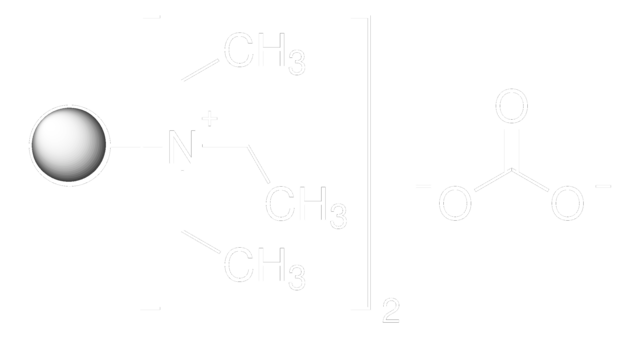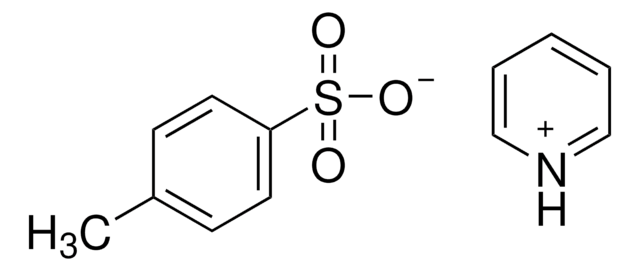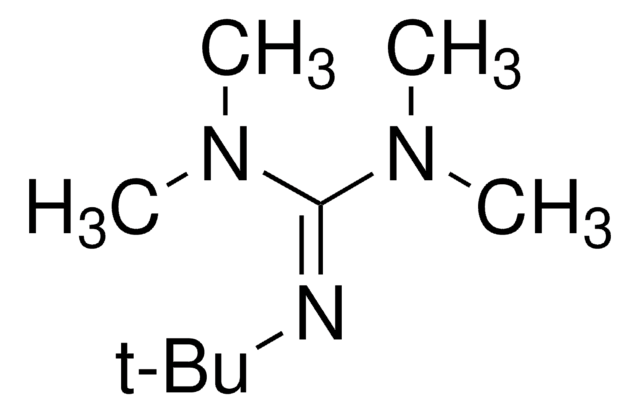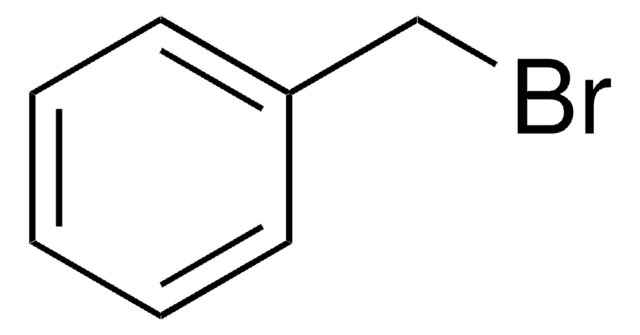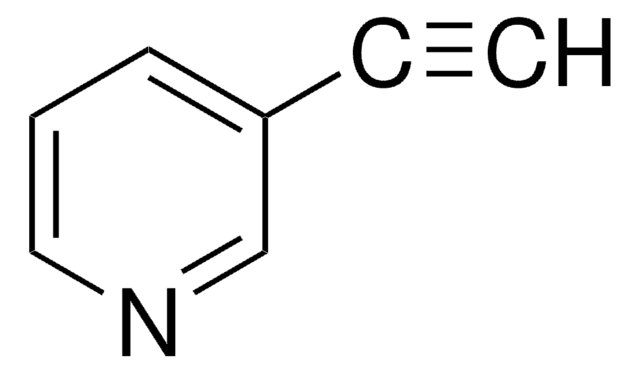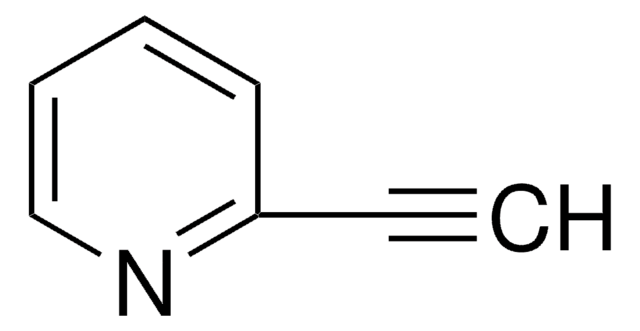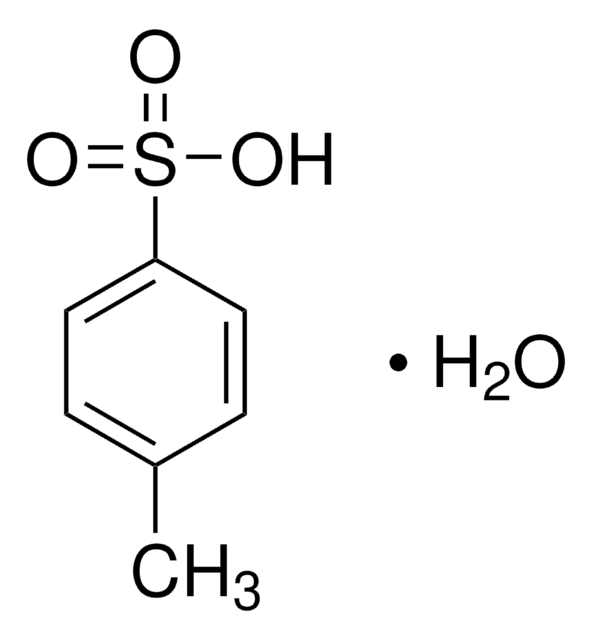540293
Tetraalkylammonium carbonate, polymer-bound
macroporous, 40-90 mesh, extent of labeling: 2.5-3.5 mmol/g loading
Synonym(s):
MP-carbonate resin
About This Item
Recommended Products
form
macroporous
Quality Level
reaction suitability
reaction type: solution phase peptide synthesis
reactivity: proton reactive
extent of labeling
2.5-3.5 mmol/g loading
particle size
40-90 mesh
SMILES string
[O-]C([O-])=O.C=Cc1ccccc1.C=Cc2ccc(C=C)cc2.CC[N+](CC)(CC)Cc3ccccc3.CC[N+](CC)(CC)Cc4ccccc4
InChI
1S/2C13H22N.C10H10.C8H8.CH2O3/c2*1-4-14(5-2,6-3)12-13-10-8-7-9-11-13;1-3-9-5-7-10(4-2)8-6-9;1-2-8-6-4-3-5-7-8;2-1(3)4/h2*7-11H,4-6,12H2,1-3H3;3-8H,1-2H2;2-7H,1H2;(H2,2,3,4)/q2*+1;;;/p-2
InChI key
RBIYTBCFDIQNIC-UHFFFAOYSA-L
Looking for similar products? Visit Product Comparison Guide
Application
Storage Class Code
11 - Combustible Solids
WGK
WGK 3
Flash Point(F)
Not applicable
Flash Point(C)
Not applicable
Personal Protective Equipment
Choose from one of the most recent versions:
Already Own This Product?
Find documentation for the products that you have recently purchased in the Document Library.
Our team of scientists has experience in all areas of research including Life Science, Material Science, Chemical Synthesis, Chromatography, Analytical and many others.
Contact Technical Service